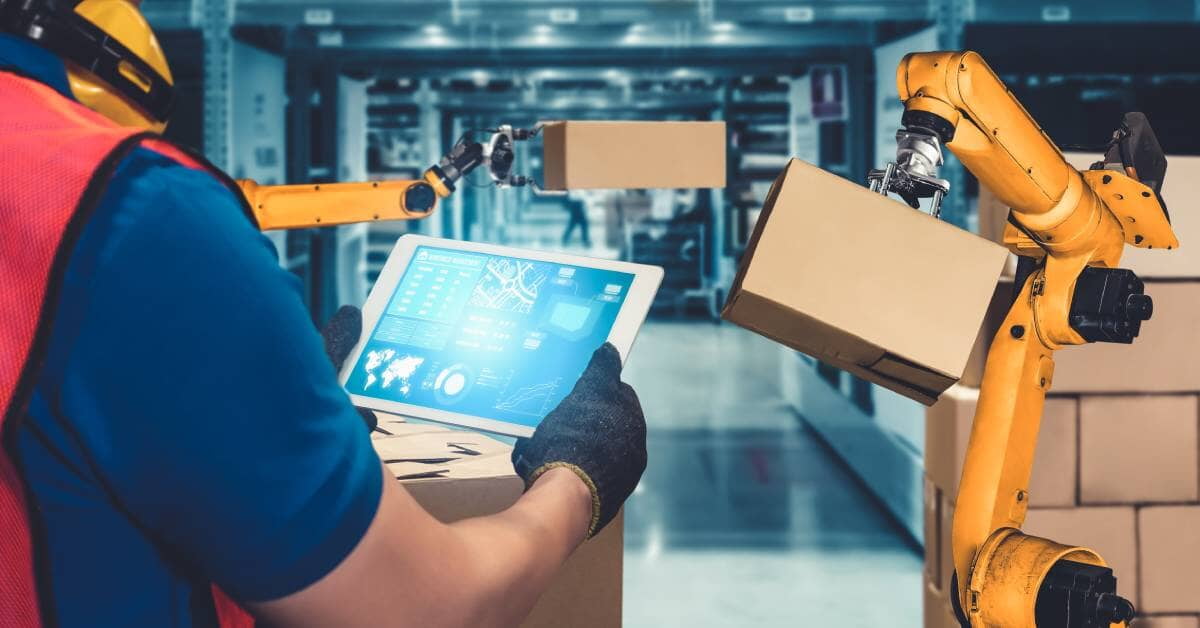
The Internet of Things (IoT) refers to the interconnection of physical devices through the internet, enabling them to communicate and share data. In the packaging industry, IoT integrates seamlessly into packaging lines to enhance functionality and efficiency. Explore the impact of IoT on the packaging industry to understand the latest changes in how businesses package, ship, and deliver goods.
Enhanced Supply Chain Visibility
IoT enables real-time tracking of products throughout the supply chain, providing unparalleled transparency. Sensors embedded in packaging can monitor the location and status of products, ensuring they reach their destinations on time. This enhanced visibility helps companies respond promptly to any disruptions or delays.
Additionally, IoT technology allows for seamless integration with existing supply chain management systems. This integration ensures that data flows effortlessly between different stages of the supply chain, from production to delivery. Consequently, businesses can make more informed decisions, improving efficiency and customer satisfaction.
Optimized Product Condition
Smart packaging solutions leverage IoT technology to offer interactive features, such as temperature monitoring and tamper detection. For instance, sensors can track temperature variations during transit, helping to keep perishable goods within safe limits. This capability especially benefits the pharmaceutical and food industries.
In addition, tamper detection features can alert stakeholders to any unauthorized access or tampering. Expiration date tracking is another critical feature, allowing manufacturers and consumers to verify product freshness easily and accurately. By providing real-time notifications, these smart packaging solutions enhance security and trust.
Improved Packaging Quality Control
IoT significantly impacts quality control processes within the packaging industry by enabling continuous monitoring of production lines. Sensors and cameras integrated into packaging supplies and equipment can detect defects or inconsistencies in real time, allowing for immediate corrective actions. This heightened level of detail ensures that only products meeting stringent quality standards proceed to the next stages of the supply chain.
Moreover, IoT facilitates automation in quality control by using machine learning algorithms to predict potential issues before they arise. Workers can analyze data collected from various sensors to identify patterns and anomalies, minimizing the risk of product recalls and customer dissatisfaction.
Enhanced Sustainability
IoT enhances sustainability by optimizing resource usage and reducing waste. Through real-time monitoring and data analysis, IoT systems can identify inefficiencies and enable more sustainable practices throughout the packaging cycle.
Here are some of the many ways the Internet of Things enhances packaging sustainability:
- IoT enables the use of smart sensors to monitor and reduce waste during the production process.
- By providing real-time data, IoT helps optimize energy consumption, leading to decreased carbon footprints.
- Predictive maintenance, enabled by IoT, extends the lifespan of packaging machinery, reducing the need for replacements.
- Intelligent inventory management systems powered by IoT minimize overproduction and excess inventory.
- IoT facilitates more efficient transportation routes, cutting down fuel consumption and emissions.
The integration of IoT in the packaging industry can enhance supply chain visibility, improve product condition monitoring, and make quality control more stringent. By optimizing resource use and promoting sustainability, IoT technology is reshaping traditional packaging processes. As businesses leverage these advancements, they can expect heightened efficiency, reduced waste, and increased customer satisfaction.
